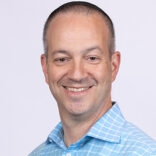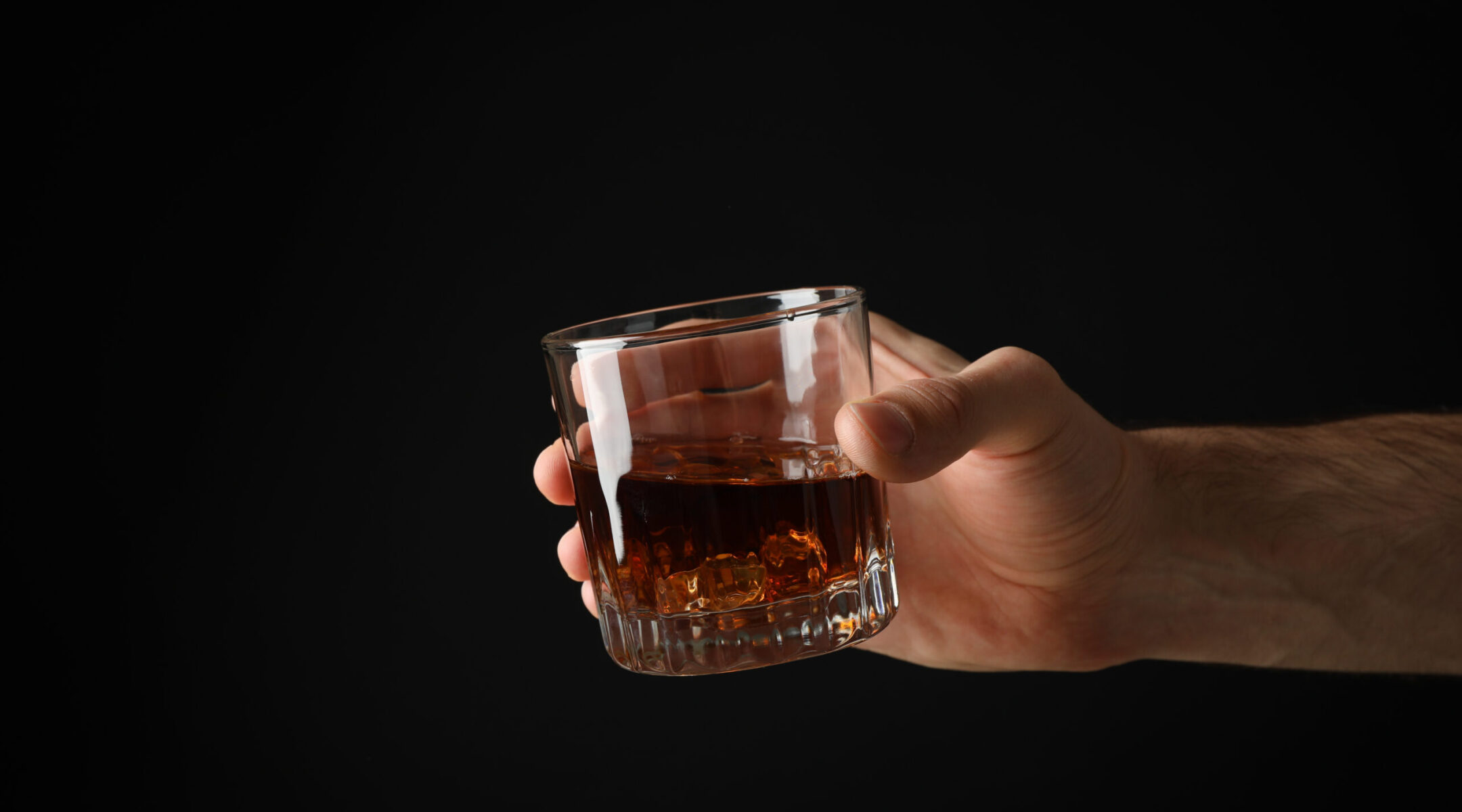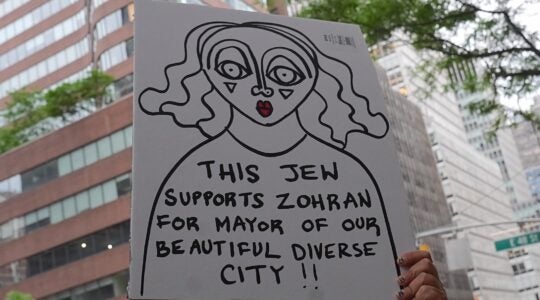(JTA) — Purim, which begins on Thursday night, is perhaps the happiest Jewish holiday of the year. It can also be distressing, as adults and young people use the spirit of relative abandon to indulge in binge drinking and other irresponsible behaviors.
Make no mistake: Substance use and binge drinking are of great concern to yeshiva high school administrators. We have acknowledged that substance use exists in our community and must be addressed. But without solid data, we’ve been left to guess about our students’ behavior and the challenges they face.
Some of that data is now available and there is good news — and there is not so good news.
Beginning in February 2019, we used a trusted survey, administered and processed by a third party, to gauge the behaviors of 3,500 10th- and 12th-graders. Students representing 19 yeshiva high schools in the New York tristate area took the 40-minute survey. One year later, on Feb. 27, 2020, we surveyed a different cohort of 10th- and 12th-graders (including students from one additional school), with 2,800 students taking the survey. While the pandemic slowed our ability to gather the data, the results are now in, and the two surveys reveal astonishingly similar data.
First the good news: 70% of our students described their experience of Judaism as “meaningful.” Between 85% and 90% of students said they kept Shabbat all or most of the time. By a huge margin, they also rated their schools as the most significant religious institutions in their lives.
On the substance-use front, too, there is good news. Compared to federal government surveys of the general population, our students use less marijuana and vape less. While “less than the national average” might not be a high bar to strive for, 22% of high school students surveyed nationally reported using marijuana in the past 30 days, compared to 12% of yeshiva high school students.
But here’s the bad news: The teenagers in our community have a binge-drinking problem.
The numbers are consistent across two years, 20 schools and thousands of students. The national data show that 22% of students have taken “more than just a taste or a sip” in the past 30 days, compared with 38% of students in our community; 11% of students nationally say they have binged (five or more drinks in a sitting), compared with 17% to 19% of students in our community.
That is hard to hear and to process. In fact, the experts repeatedly conveyed that doubting the accuracy of the data is a common reaction. But if we are going to trust the data when they tell us how we are doing well, we should trust them, too, when they indicate where we aren’t.
We also learned a striking and not-surprising finding: Teens with exposure to adults who have used substances are more likely to use substances themselves. We may not think of our Shabbat morning kiddush or our Saturday nights out as “using substances.” They’re just ways to relax from the pressures of our busy lives. But the data tell us that teens’ substance use is correlated with the modeling they see from adults around them.
Our community must face these challenges. Sustained communal effort can effect change. A public health model enables communities to learn about themselves, understand their strengths and weaknesses through data gathering, and develop an infrastructure for change across the community. We can then establish shared commitments, practices and targeted interventions based on communal needs. Subsequent data gathering can then measure whether and to what degree the strategies have been effective.
Community organizations have done inspiring work to address substance abuse in the Jewish world, but we have not yet tackled the allegedly growing use of substances in the party and kiddush cultures — in the general social culture — of our teen community. We have also never had data to understand its dimensions. Until now.
Over the course of the 2017-18 school year, a small group of yeshiva high school administrators met to explore potential interventions to the use of substances in our community. We discovered a remarkable public health intervention, Planet Youth, that had achieved very substantial results in Iceland over the course of the past 18 years, and a similar program developed by the University of Washington. These public health initiatives focus less on punishment or one-off programs and more on creating sustained and focused cultural change.
The Iceland model shows us that there are no shortcuts to effecting communal change. We must play the long game. Change begins in years three to five and takes root in years five to 10. Through this work, we can become a community that better understands itself, knows its successes and challenges, and has an infrastructure through which to grow. While substance use among teens will never be eradicated, we can work together to develop healthier attitudes and safer social settings for our children.
But this work is not just about kids, and it’s not just about schools. It’s not just about substances. It is about our collective well-being — youth and adult, school, synagogue and home. We have done significant work to identify the problem. Now we must take collective steps to address it.
The survey was carried out under the auspices of Machon Siach at SAR High School, honoring the memory of Belda K. Lindenbaum.
JTA has documented Jewish history in real-time for over a century. Keep our journalism strong by joining us in supporting independent, award-winning reporting.








